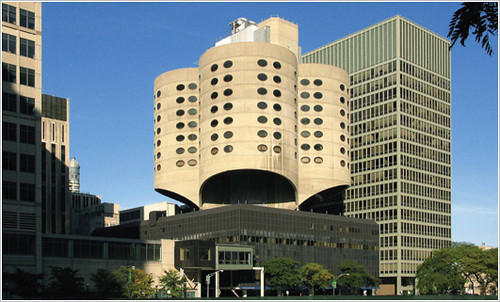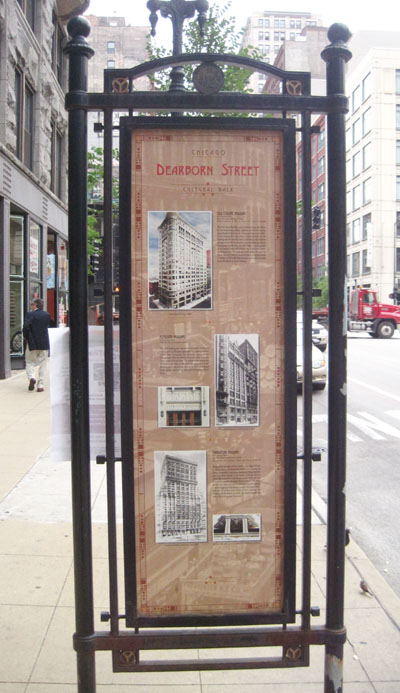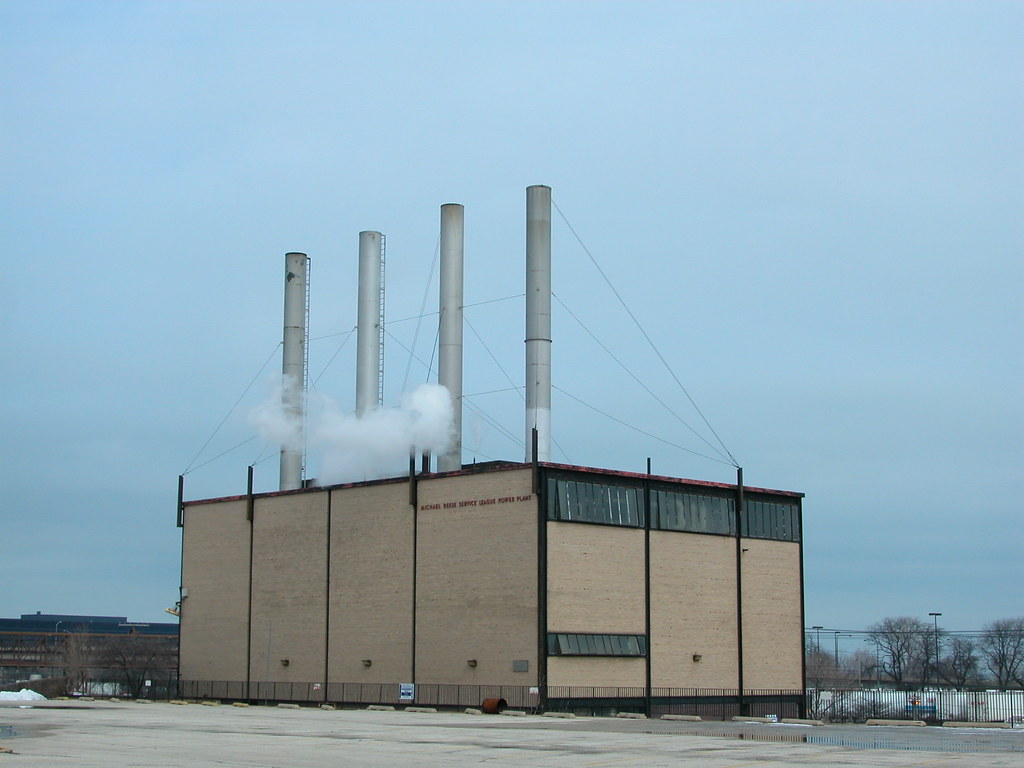by Michael R. Allen

Last week, the Chicago Commission on Landmarks for the second time unanimously voted to rescind the landmark designation for Bertrand Goldberg’s Prentice Women’s Hospital (completed in 1975). The vote essentially dooms the innovative concrete-shell modernist hospital building to demolition whenever owner Northwestern University decided to tear it down. Additionally, the vote is an odd smack-down of preservationist pragmatism. Preservationists were not insensitive to the programmatic needs of Northwestern University, and did not hold fast to a you-can’t-touch-this absolutism, but instead started embracing the defiant modern design of our time. Alas, what might have been an outstanding moment for solving a tough preservation problem is now just fodder for preservation theory books. Chicago will not be building on precedents that include an unfairly understudied example from St. Louis, where the Washington University School of Medicine demonstrated how important architectural modernism could be preserved amid shifting programmatic needs.




